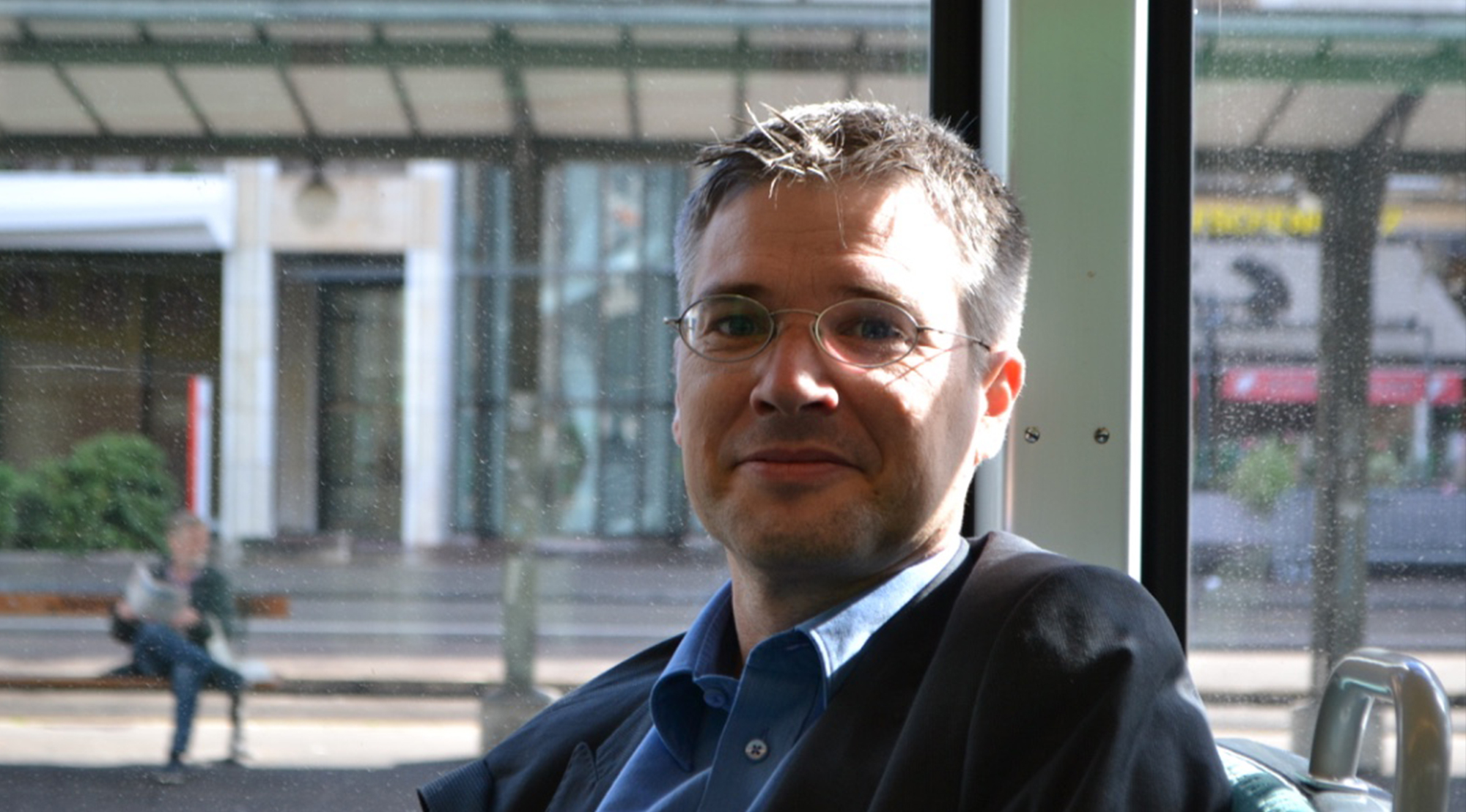Dr. Simon J. A. Mason is head of the Mediation Support Team at the Center for Security Studies ETH Zurich, working in the Mediation Support Project (a joint initiative of the CSS ETH Zurich and swisspeace, funded by the Swiss FDFA). In this interview, he tells us more about how conflict and the environment relate to each other, and gives an assessment of the current situation for peacemakers.
You did your doctorate in environmental sciences, later you became a mediator. What made you connect those two fields?
This connection really started when I did my PhD on water sharing in the Nile basin area focusing on Sudan, Egypt and Ethiopia. I realized that the water quantity and quality is important, but that the political use and management of the water is as important and in many ways much more difficult. During that time, my focus shifted more towards the political aspects of environmental disputes and how to bring people together for joint problem-solving. I find the interaction in environmental conflicts very interesting; if a problem is purely political, it can sometimes be hard to grasp, but if it is purely technical it may at times also be a bit boring.
In your work as a mediator, how did your background as an environmental scientist help you?
Environmental sciences the way I was taught at ETH Zurich is very much problem-oriented. We were not perfectly solid in one discipline, but had a bit of knowledge in many disciplines and tried to apply that to a problem, which is quite close to the logic of mediation. The other important thing in environmental sciences is the multi-perspective approach, which is also very similar to mediation. There is not just one truth but it depends very much from what perspective you are looking at the problem and you have to deal with all perspectives if you want to move ahead and find a solution.
Nevertheless, in the present context, the idea that everything is subjective is sometimes pushed too far. With sciences, you have actual facts and you can measure things, which is an important counterbalance. Especially in environmental conflicts, if you can get data and agree about its interpretation, it can help you find a solution.
When applying environmental sciences in mediation, the question is often, how to bring in technical knowledge in a way to depoliticize aspects of the conflict, being at the same time very aware that the political decisions still have to be made. Focusing on the technical aspects can often help to find common ground.
Do you think the awareness of the nexus between environment and conflict is rising?
The key challenge lies in the fact that the link between climate change and violent conflict is indirect, which however does not mean that it is irrelevant and that we can ignore it. I think people have been aware of climate change, but then there was maybe too much of a focus on a possible direct linkage between scarcity or change in environment and the outburst of violent conflict. Then there was research that showed this was not the case. It is difficult to label a conflict as “environmental”, because conflicts are hardly every purely environmental, but always multidimensional. In my opinion, that is what makes this nexus to conflict, especially violent conflict, quite tricky.
You are the co-author of a book with the title “Mediation and Governance in Fragile Contexts: Small Steps to Peace” that is going to be published in February 2019. What can you tell me about it?
I wrote it together with Dekha Ibrahim Abdi, a Kenyan-Somali mediator working among other things on the topic of land and conflict. She focused a lot on the local level and tried to make the mediation of a conflict more sustainable by linking it to the development of local peace committees, which also aimed at longer-term policy changes at the central state level. She was a unique person working at the grassroots level, but at the same time involved at the national level to address the 2007/2008 election crisis in Kenya. She also had international experiences, and was gifted in reaching and bridging different worlds, – west, east, north, south -, and different cultures. Inspired by and rooted in Islam, she was open to engaging with and learning from other cultures.
How did the book come about?
We met at a workshop on insider mediators, so mediators working in their own conflict contexts, and then co-trained in numerous mediation workshops. I asked her if she would be open to such a book project. The motivation was to help her make her wisdom, reflections and insights from her experiences accessible for a wider international audience. I think they are very valuable for people working in fragile contexts, where the governance system may lack legitimacy or effectiveness. I think especially in our global context today that is very polarized and at times depressing, she really brought to life and manifested a very strong message of hope that you can achieve peace, if you do it in small steps and coordinate your efforts. This message of hope is even more convincing, since it grew despite huge challenges and a lot of suffering she experienced. She died in a car crash in 2011, and so the whole project became a bit more complicated. I worked with her family and colleagues, and we used a lot of direct interview material to keep her original voice in the book. We have also posted some of these audio clips online, so you can listen to her at our “Mediation and Gouvernance” site.
Did she inspire you with the hope for peace?
Absolutely, it might sound strange, but for me, peacemaking is a little bit like small hardworking mice, they can easily be hurt or killed, but if they are quick and versatile, they can also be very effective in making an elephant move. So I think absolutely, the book has a message of hope, but one that is modest, in not trying to solve everything. But, because you cannot solve everything, this does not mean that you should not try to solve and transform what you can.
What is your current assessment of peace in the world?
In the present context, there are many challenges. This polarization in many societies and between states, and a very strong focus on power politics. I think it is a context where it would be easy to disengage from peace work. I believe in such contexts it is even more important, that people, who are struggling and investing for peace, help each other. You can find such people working for peace in all societies all over the world. There is a real need for more solidarity, we are all under threat and we have to stand together to be effective. When you are under pressure, you can either crumble and compete with each other, or you can use it as an incentive to work better together. As Dekha put it: “If you join energies with others, you can move mountains”.


